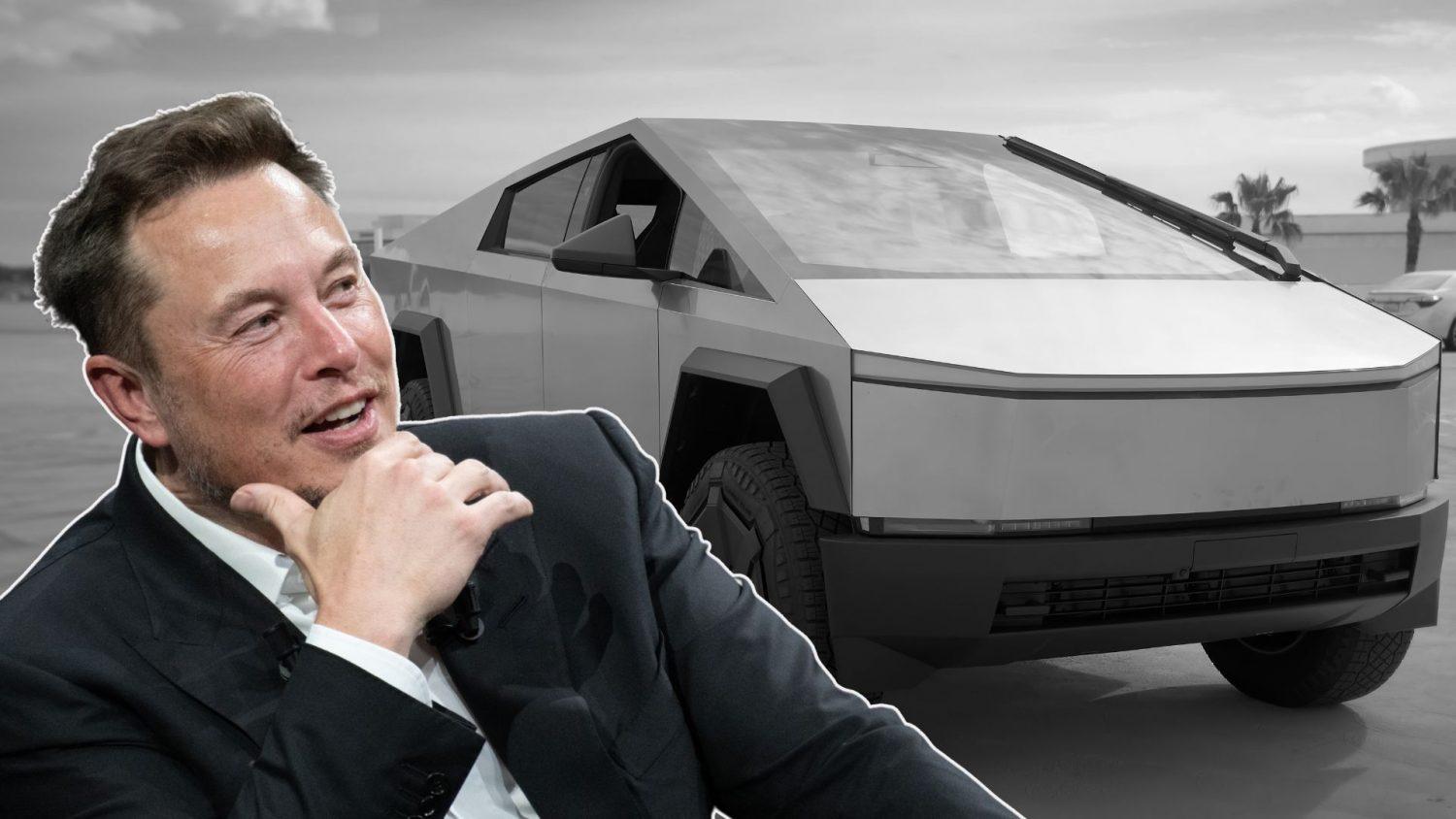In a stunning blow to Elon Musk’s reputation as a visionary entrepreneur, the Tesla Cybertruck—once hailed as the future of electric vehicles—has been branded the automotive industry’s most colossal failure in recent memory.
The hulking, angular, stainless-steel behemoth, weighing in at nearly three tons, was unveiled with much fanfare in 2019, promising to revolutionize the pickup truck market with its futuristic design, unparalleled durability, and eco-friendly credentials. However, nearly six years later, the Cybertruck has not only failed to live up to its lofty promises but has also become a symbol of overambition and miscalculation, dragging Tesla’s broader empire into a quagmire of financial and reputational damage.
The Cybertruck’s journey from concept to reality was fraught with challenges from the outset. Musk’s bold vision of an “exoskeleton” made of ultra-hard stainless steel, bulletproof glass, and a towing capacity rivaling heavy-duty diesel trucks captivated Tesla enthusiasts and investors alike.
The promise of a vehicle that could withstand sledgehammer blows and shrug off small-arms fire was a marketing coup, positioning the Cybertruck as a rugged, apocalyptic-ready machine for a new era. Yet, the reality of producing such a vehicle proved far more complex than Musk’s optimistic timelines suggested.
Initial production delays pushed the launch from 2021 to late 2023, as Tesla grappled with supply chain issues, manufacturing complexities, and the sheer difficulty of mass-producing a vehicle with such unconventional materials and design.

When the Cybertruck finally hit the market, it was met with a mix of curiosity and skepticism. Priced significantly higher than its initial $40,000 estimate—starting at nearly $80,000 for the base model—it alienated many of the early reservation holders who had placed $100 deposits years earlier.
The steep price tag, combined with a range that fell short of the promised 500 miles (topping out at around 340 miles in real-world conditions), made the Cybertruck a tough sell in a competitive market dominated by established players like Ford’s F-150 Lightning and Rivian’s R1T. Posts circulating on X in early 2025 echoed this sentiment, with industry observers and former Tesla fans labeling the Cybertruck a “gimmick” that prioritized style over substance.
Beyond pricing and performance, the Cybertruck’s design has proven to be its Achilles’ heel. Its sharp edges and minimalist aesthetic, while visually striking, have drawn criticism for poor ergonomics and impracticality. The stainless-steel body, though durable, is prone to smudges and scratches, requiring constant maintenance to retain its sleek appearance.
Reports of panels misaligning, doors failing to close properly, and a complex windshield wiper system malfunctioning in adverse weather have further tarnished the vehicle’s image. Perhaps most damningly, the Cybertruck’s much-touted “bulletproof” glass was shown to crack under moderate impact during early demonstrations—a moment that has since become a meme encapsulating the project’s overpromises.
The Cybertruck’s commercial performance has been equally dismal. Despite Tesla’s claims of over a million reservations, actual sales figures tell a different story. Industry analysts estimate that fewer than 50,000 units have been delivered since the launch, with production bottlenecks and waning consumer interest cited as key factors.
The vehicle’s size and weight have also raised regulatory hurdles, particularly in Europe, where its dimensions and mass exceed strict safety and emissions standards, effectively locking it out of a major market. This lackluster demand has forced Tesla to scale back production, with reports of unsold Cybertrucks piling up at Tesla’s Gigafactory in Texas.

The fallout from the Cybertruck’s failure extends beyond the vehicle itself, casting a shadow over Tesla’s broader operations. The company’s stock price, which had soared on the back of Musk’s relentless hype, has taken a hit as investors question Tesla’s ability to deliver on its ambitious goals.
The Cybertruck’s flop has also strained Tesla’s resources, diverting attention and capital from its core lineup of Model 3 and Model Y vehicles, which continue to drive the bulk of its revenue. Musk, once celebrated as a near-infallible innovator, now faces growing scrutiny for his management style, with critics pointing to his penchant for overpromising and underdelivering as a recurring theme across Tesla and his other ventures.
For Musk, the Cybertruck’s failure is more than a financial setback—it’s a personal embarrassment. The man who once declared the vehicle would “kick ass” and redefine the industry has been forced to confront a harsh reality: not every bold idea translates into success.
As Tesla scrambles to salvage the Cybertruck with software updates, price adjustments, and new variants, the damage to Musk’s credibility and Tesla’s brand may take years to repair. In the unforgiving court of public opinion, the Cybertruck has become a cautionary tale of hubris, a three-ton reminder that even the most audacious visions can crumble under the weight of their own ambition.



